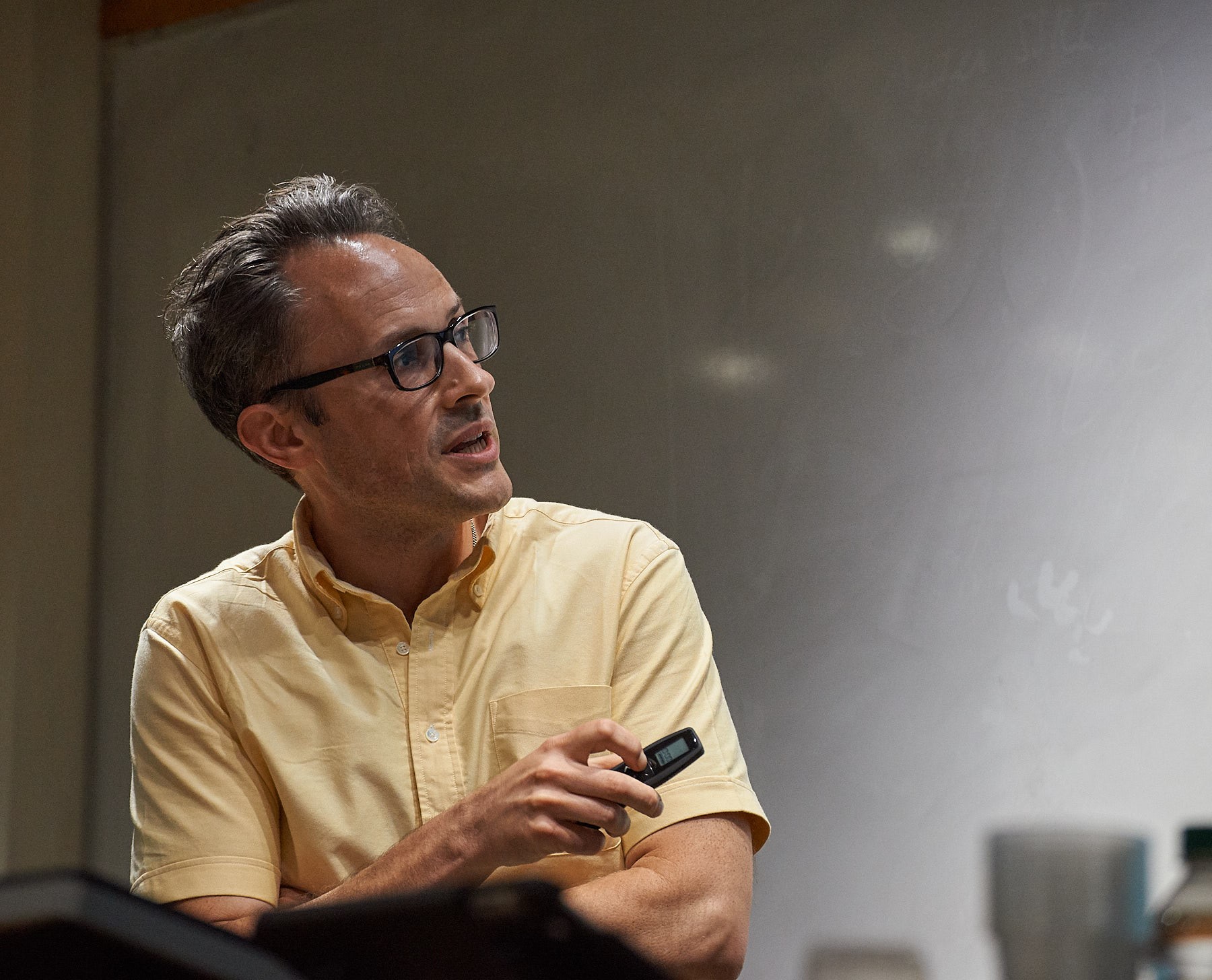What is Bristol Neuroscience?
Bristol Neuroscience (BN) is a research network supported by the Elizabeth Blackwell Institute for Health Research, one of the University of Bristol's five University Research Institutes. We were founded at the University of Bristol in 2003 to ensure that all neuroscientists in Bristol could benefit from the wide cross-disciplinary expertise and facilities in the University and its partner hospitals.
Questions for Bristol Neuroscience (BN)
1. What is Bristol Neuroscience?
BN is an umbrella organisation that supports and augments the quality, acumen and impact of neuroscience research across the Schools, Departments, Faculties and Hospitals of Bristol.
2. What is Bristol Neuroscience for?
BN empowers us to tackle big and important neuroscience, addressing fascinating questions that no individual lab or technique could answer – and that matter to all people. BN’s mission is “Brain research for better lives”.
3. How does BN do that?
By working as a team, providing oversight, planning direction, coordinating recruitment and targeting funding. We ensure that our team amounts to more than the sum of its parts, uniting people and nurturing a vibrant, diverse and supportive research culture. We make sure everyone can access information about what’s going on in BN, not least the public (check out the BN Festival, held every 2 years).
4. Aren’t loads of universities attempting all this stuff?
Many are, and rightly so: neuroscience continues to make huge advances, driven by an array of new technologies. Neuroscience is embedded in so much of life, from the algorithms running our smartphones to the psychology of childcare and new therapies for brain disorders.
Any institution serious about biomedical research must be serious about neuroscience.
5. Sounds complicated. You sure you’re not being over-ambitious?
Neuroscience is not alone in being challenging, slow and expensive. But it’s true that brains are unique in terms of their complexity – and potential.
There is still a vast amount we do not know about how brains work. Remember, though, that the neuroscience fiction of the 80s is now reality: we can measure, decode and manipulate genomes, neurons and behaviour to an unprecedented extent. By harnessing the right people, methods and focus, Bristol will continue to make leading-edge contributions to the field.
6. OK fine. So what actual neuroscience do you do?
We coalesce around 5 overlapping ‘Hubs’, each selected to reflect exciting science, important questions, established strengths and societal need: Mental Health; Memory; Movement; Neural Computation; and Sleep.
7. Those are important topics. What’s in a Hub?
Each Hub has a Lead and a Co-ordinating Core, chosen to reflect a range of experimental, clinical and computational expertise and to integrate across molecular, synaptic, circuit, systems, psychological and population levels of analysis. Individual neuroscientists contribute to projects bridging multiple Hubs.
For example, the Movement Hub encompasses the synaptic intricacies of the cerebellum, the mechanics of movement, flooring designed to minimise collisions in crowds and clinical trials for Parkinson’s disease. Movement links to the Sleep and Memory Hubs through projects detailing sleep-dependent motor memory, and REM Sleep Behaviour Disorder (which preludes Parkinson’s disease). The Neural Computation Hub uses a mathematical approach to understanding how the brain works.
8. From synapse to society?
I couldn’t have put it better myself.

Join the Network
Complete our form to join the Bristol Neuroscience Network.